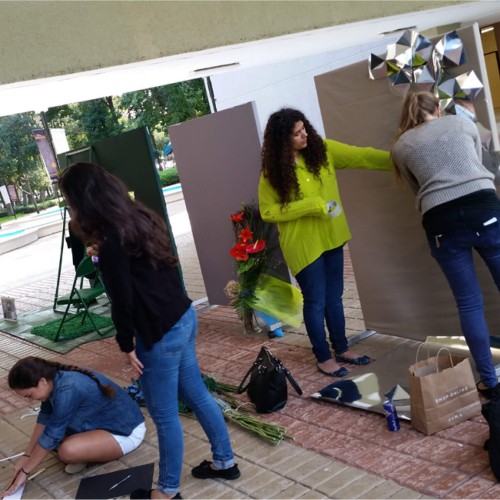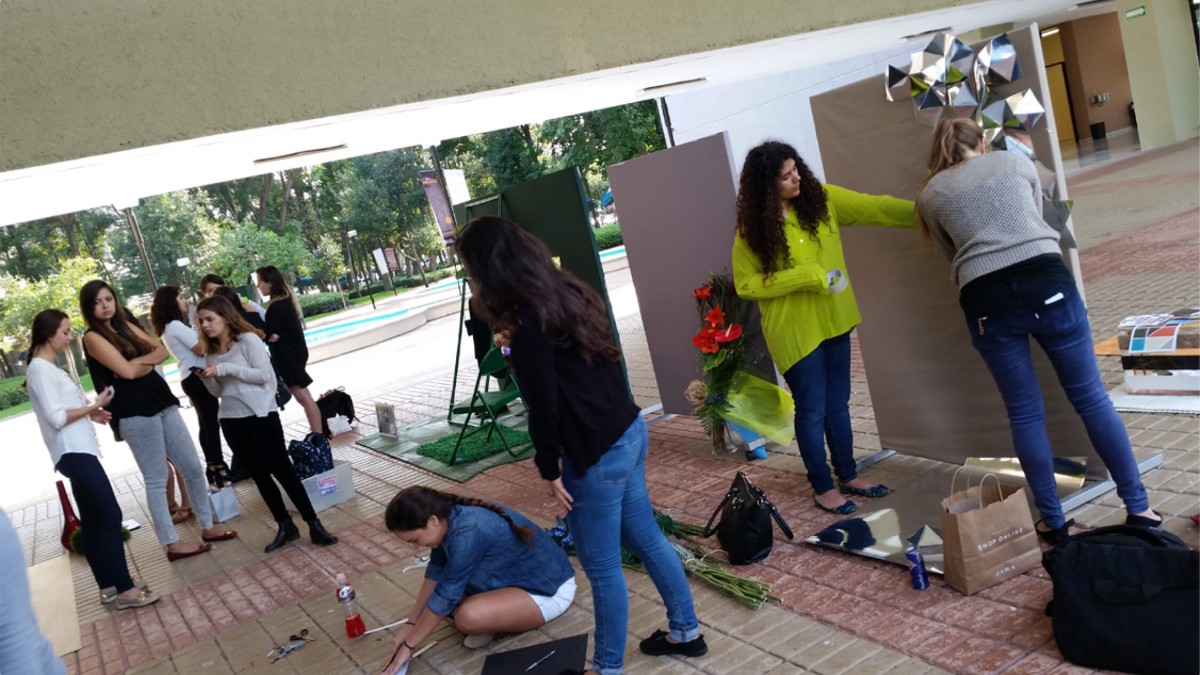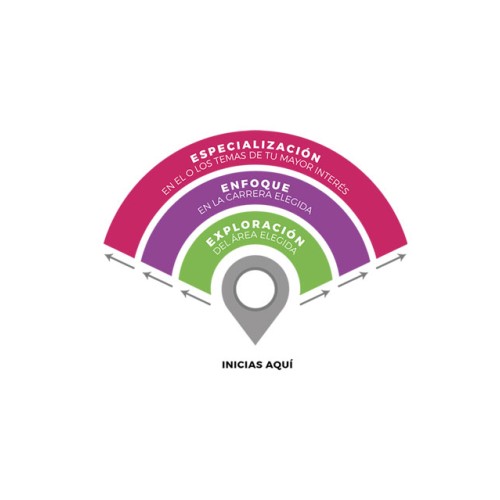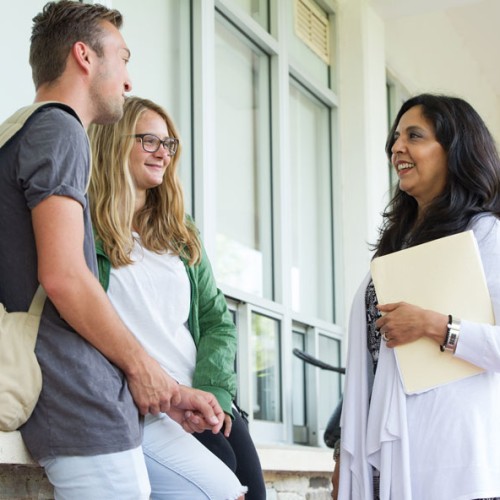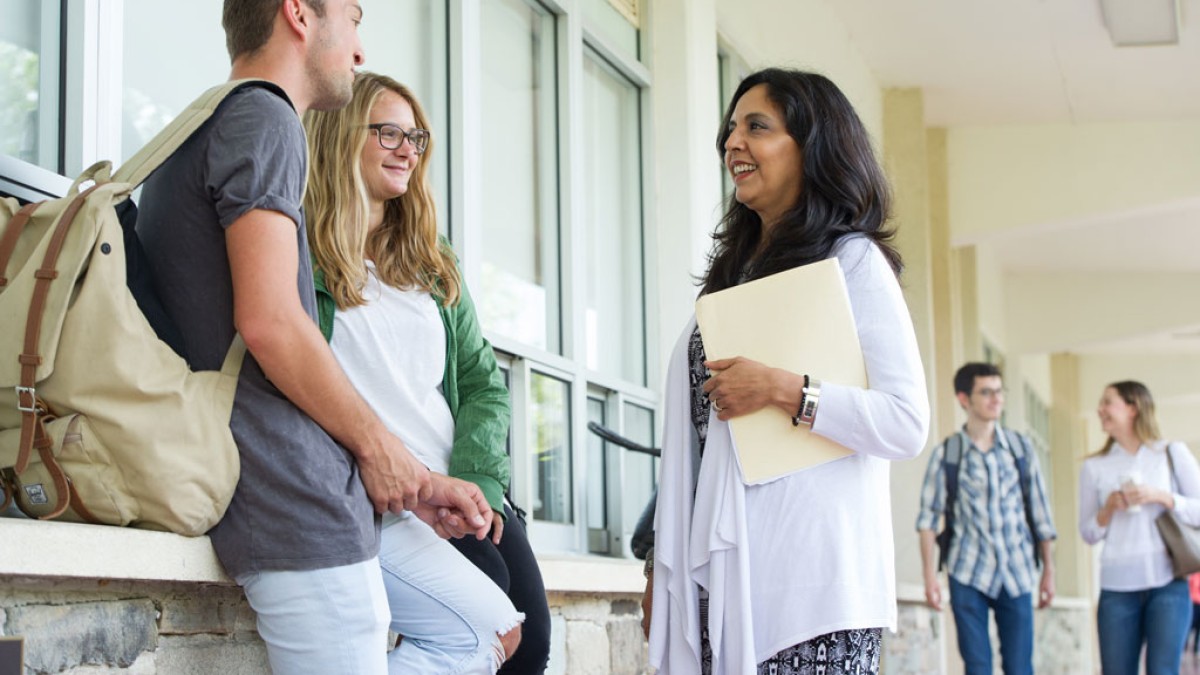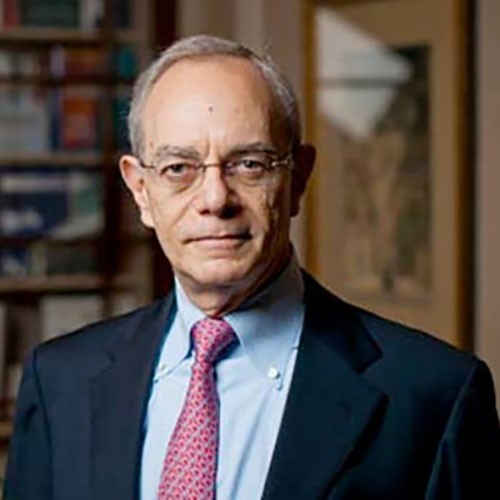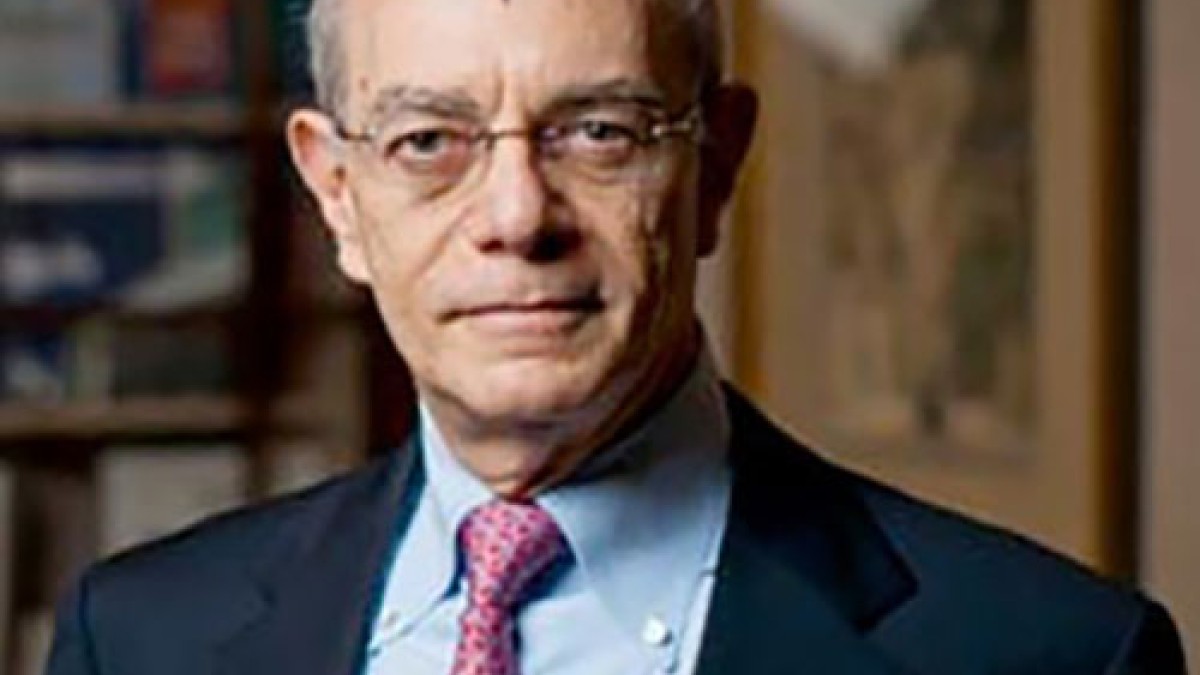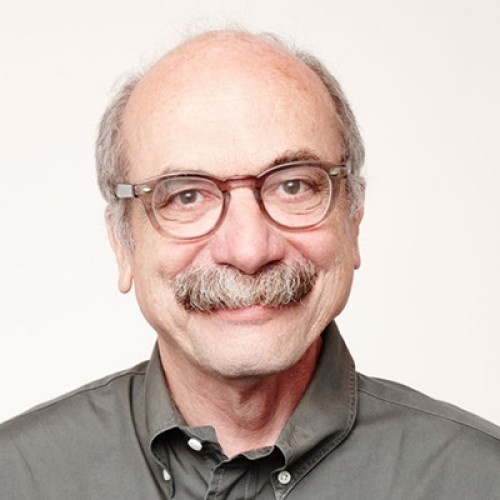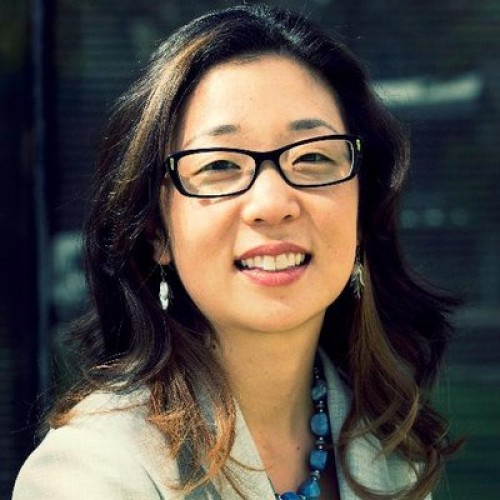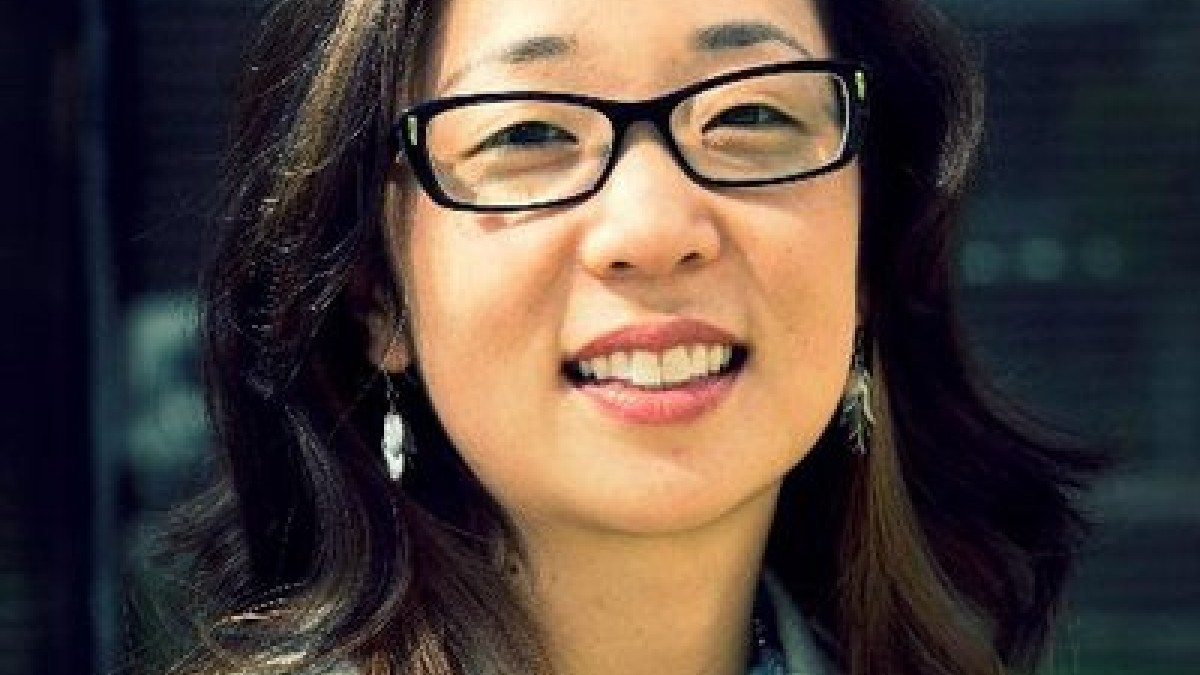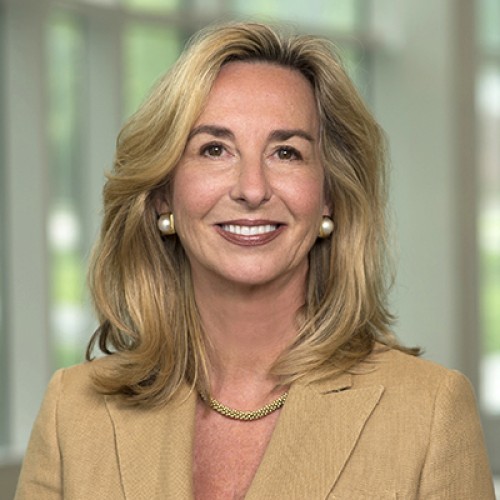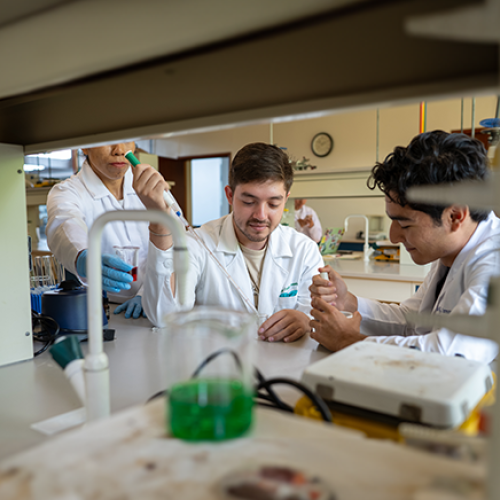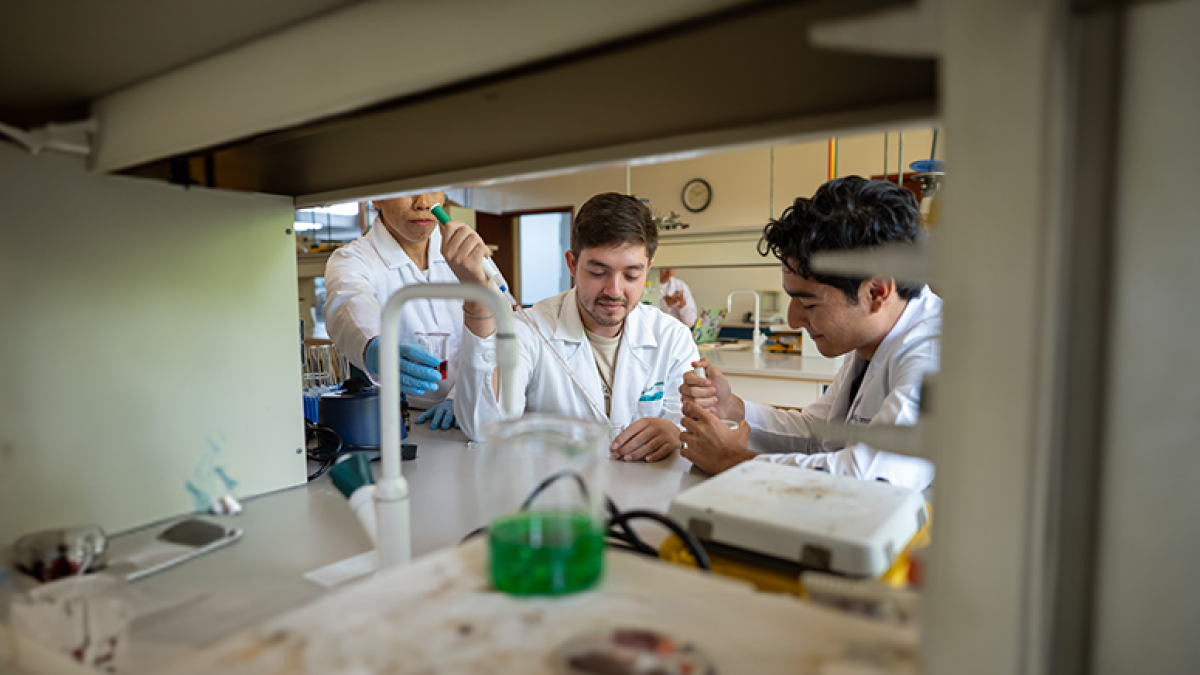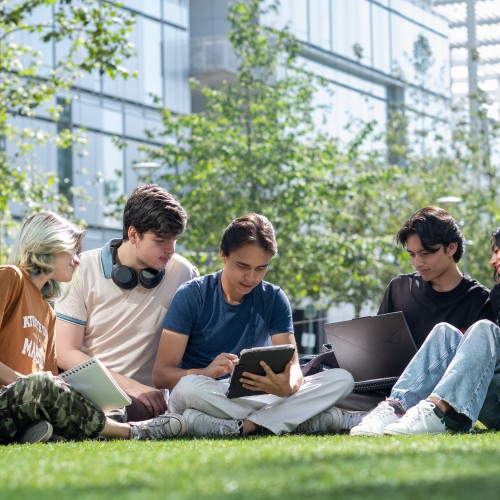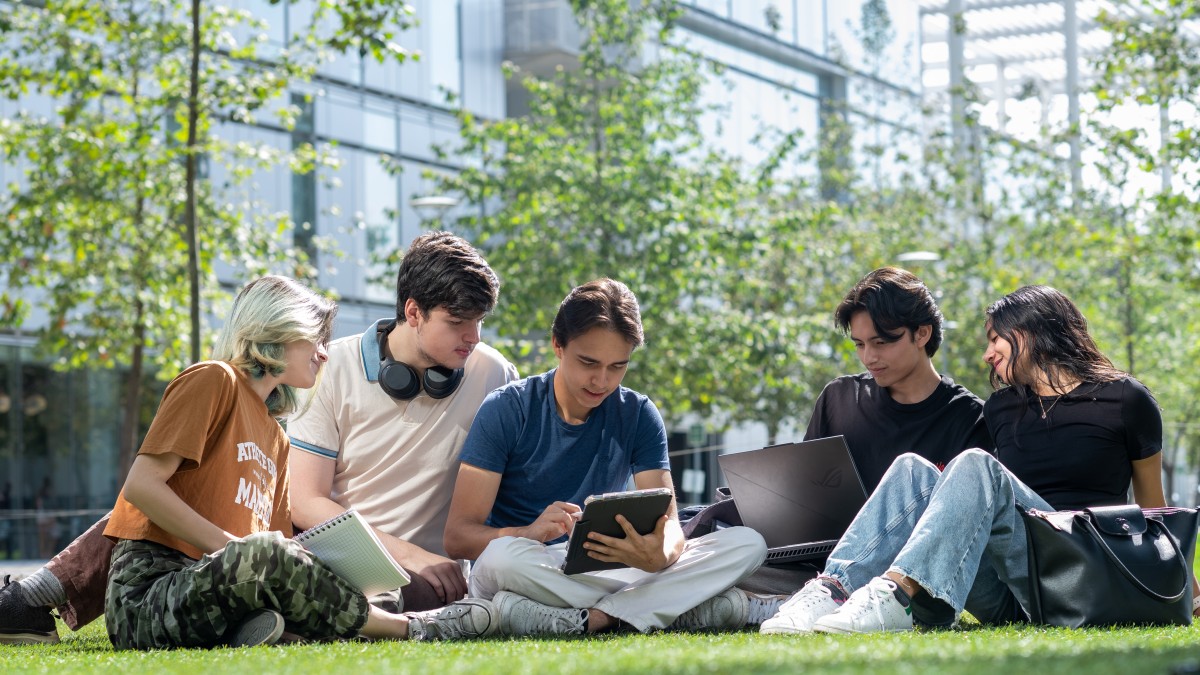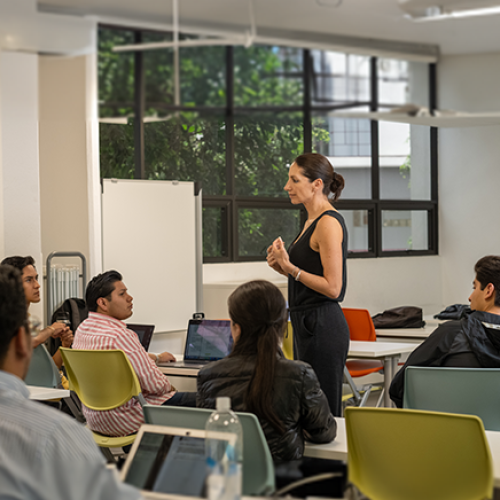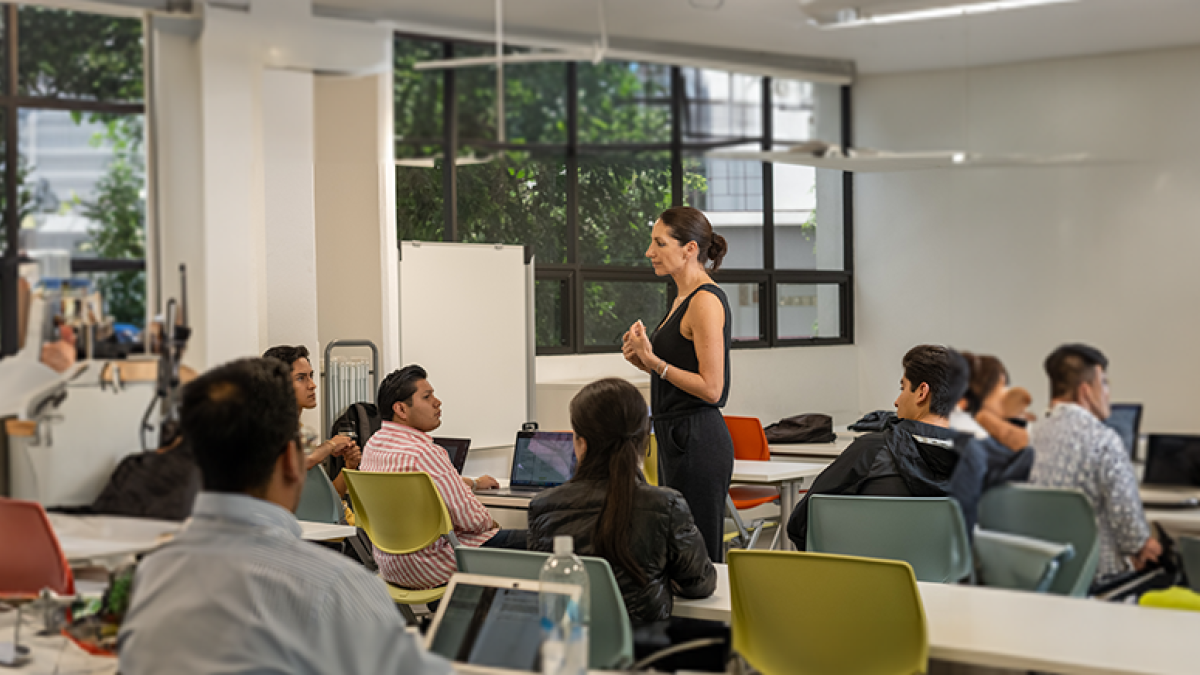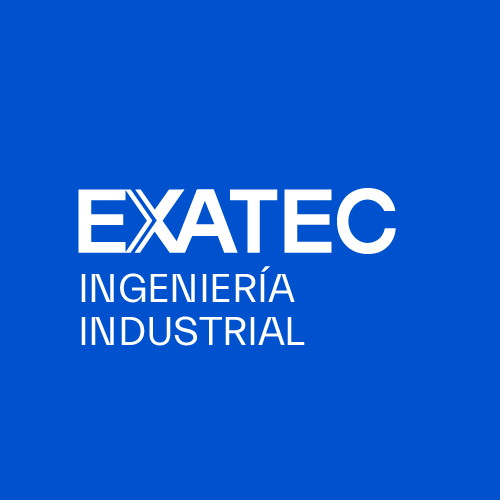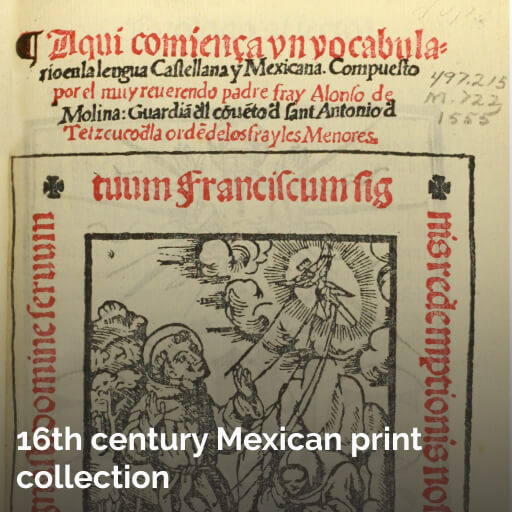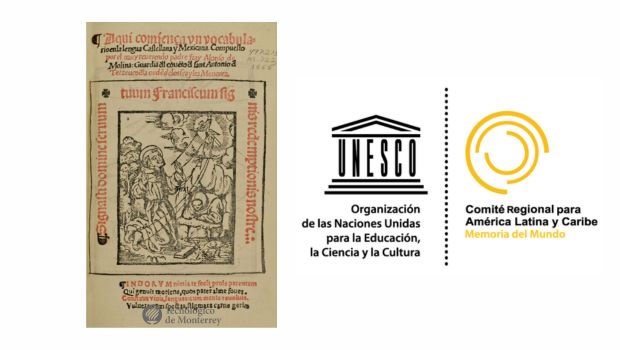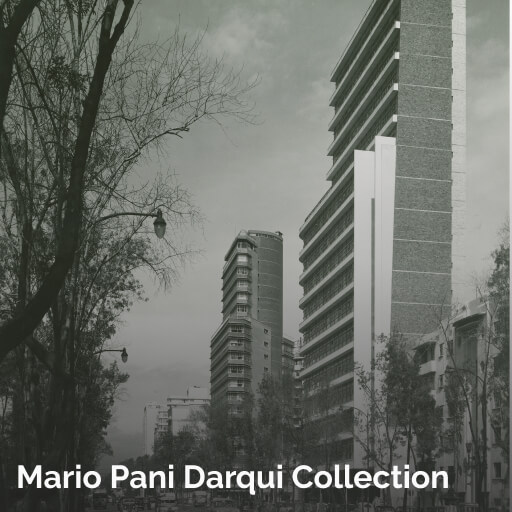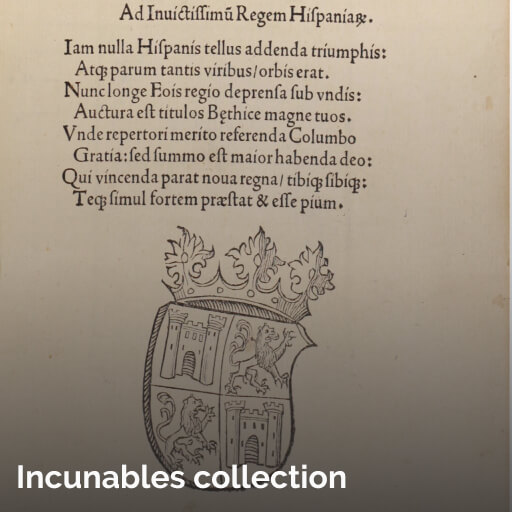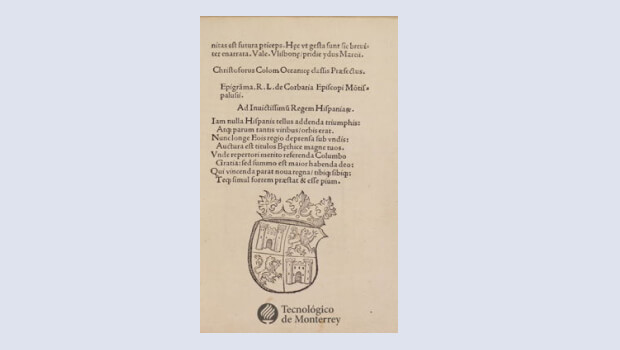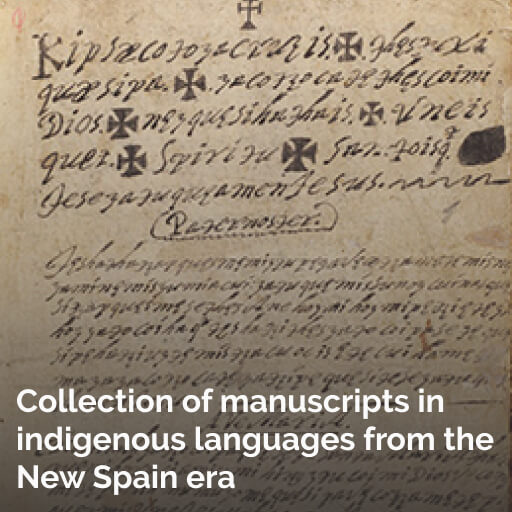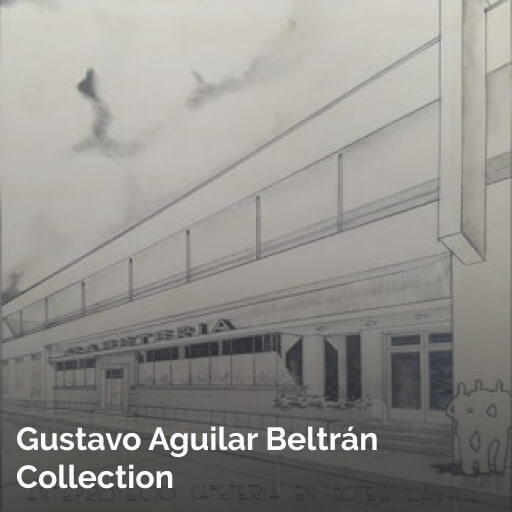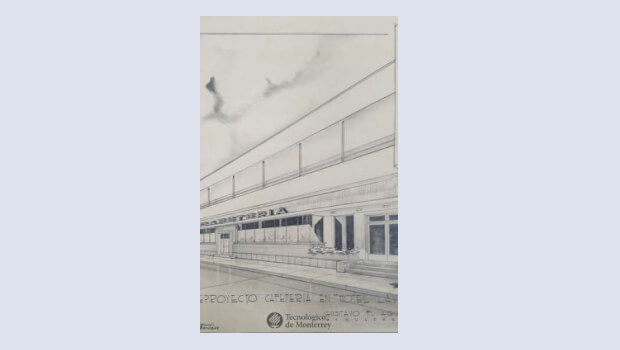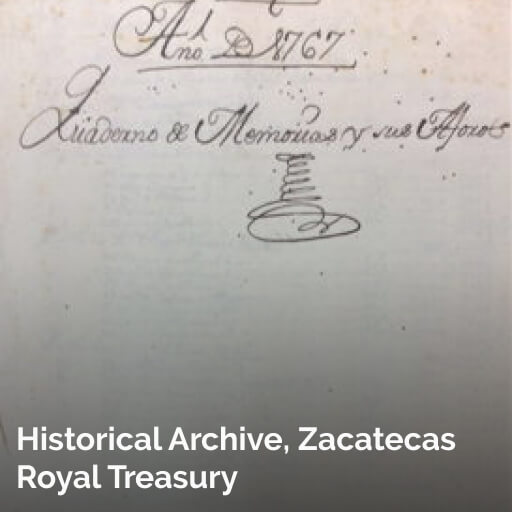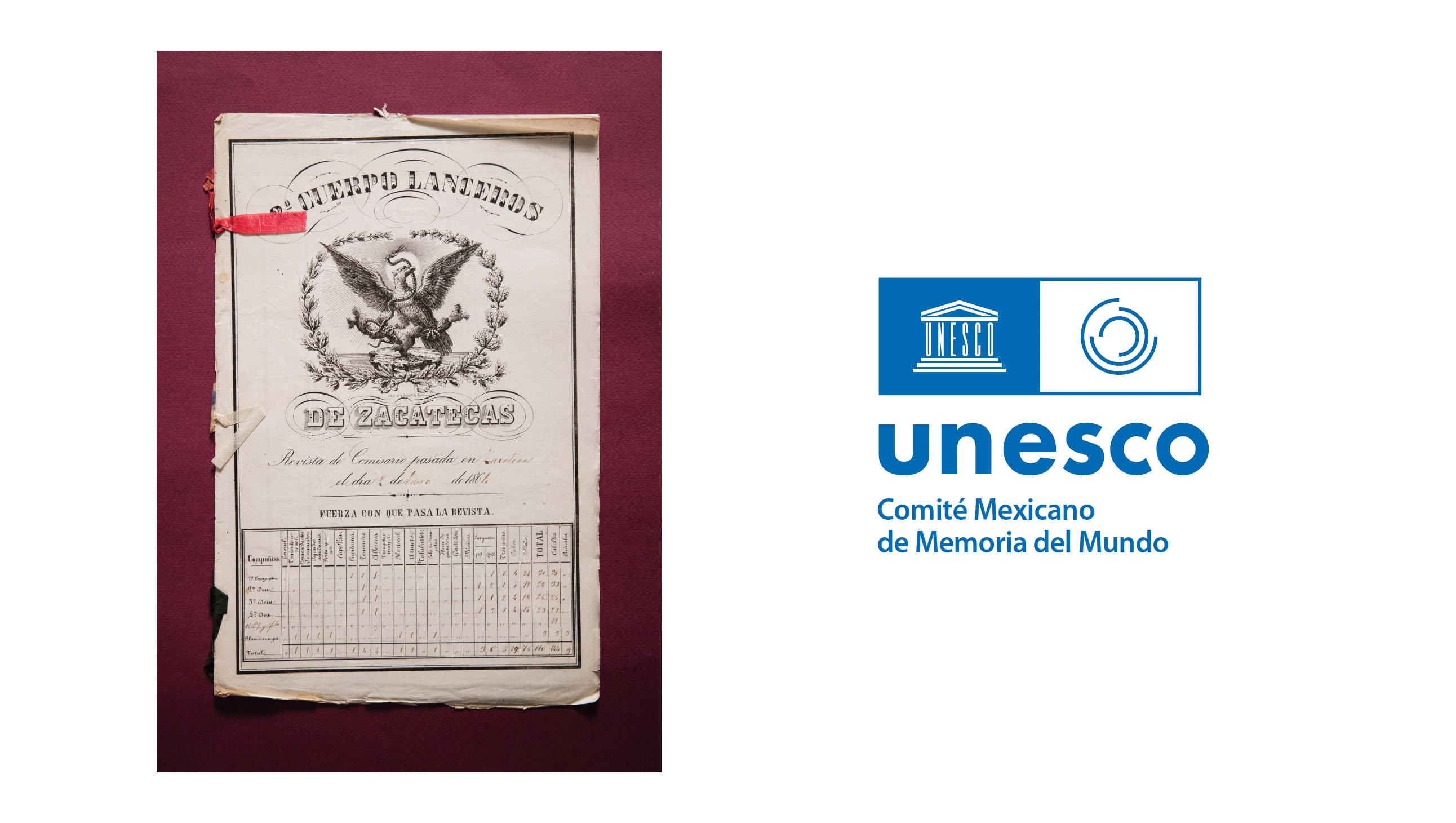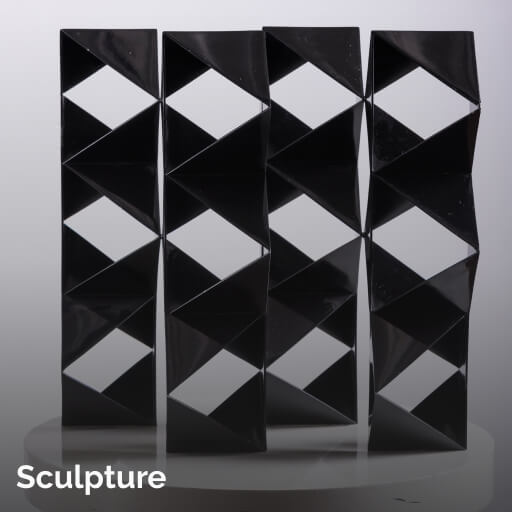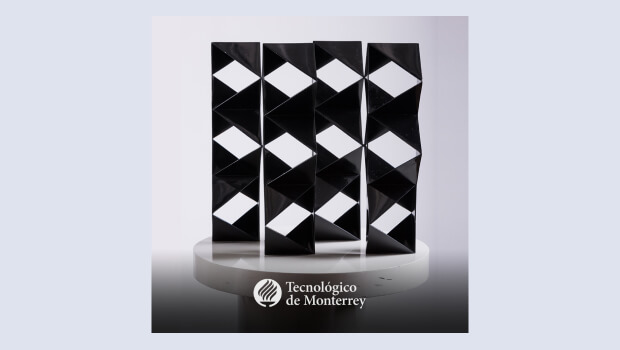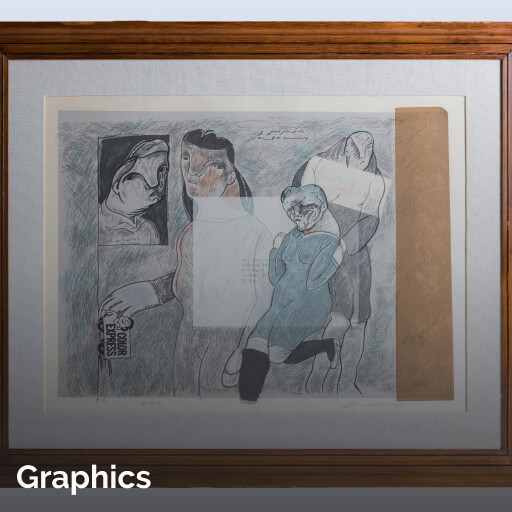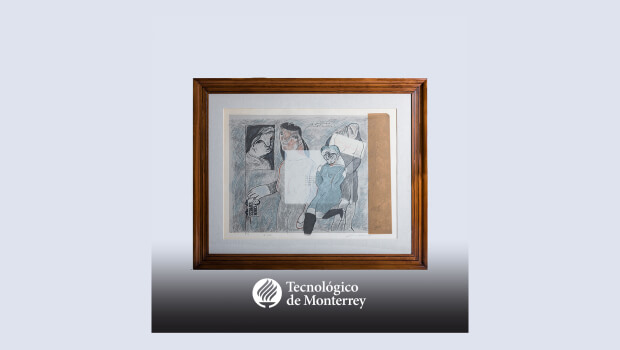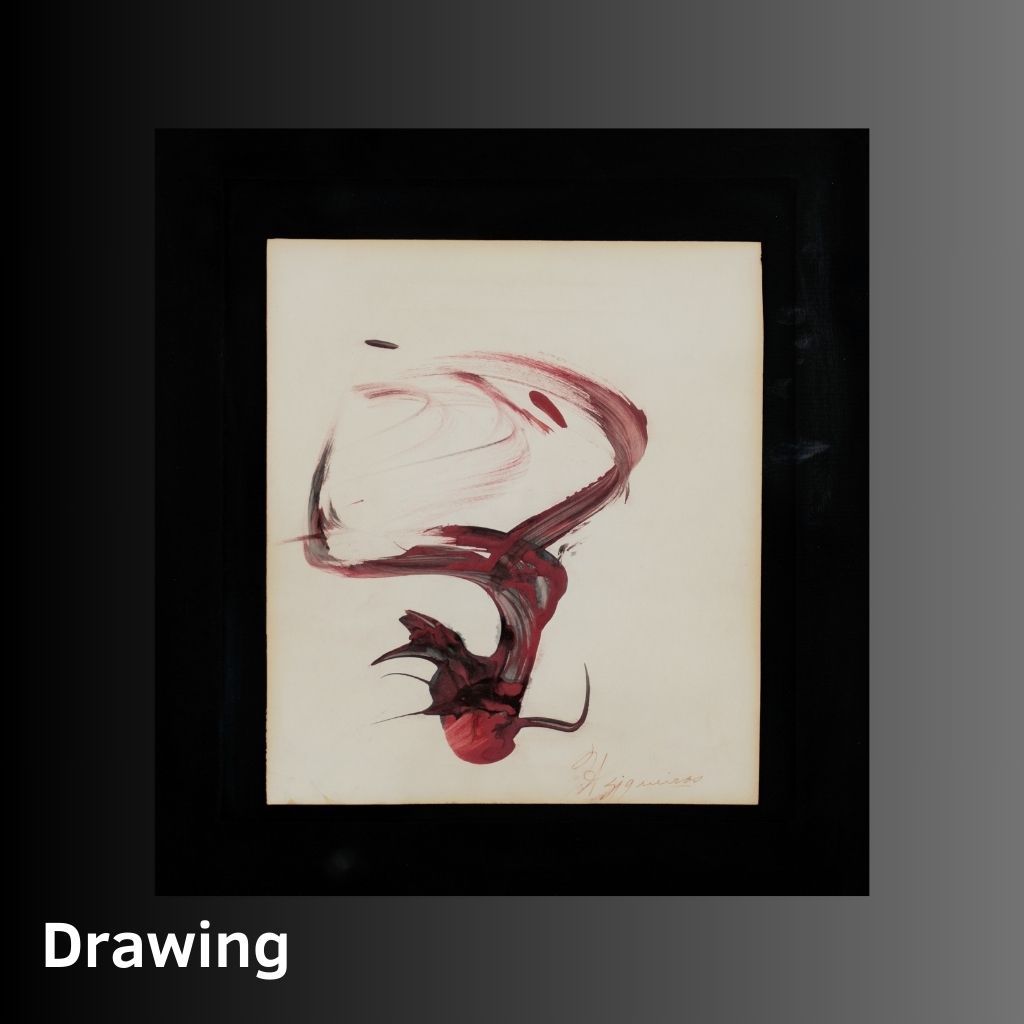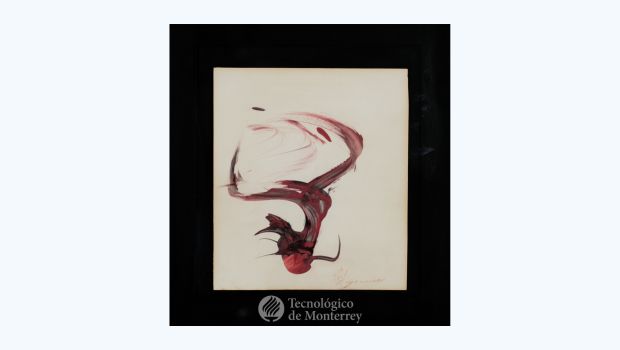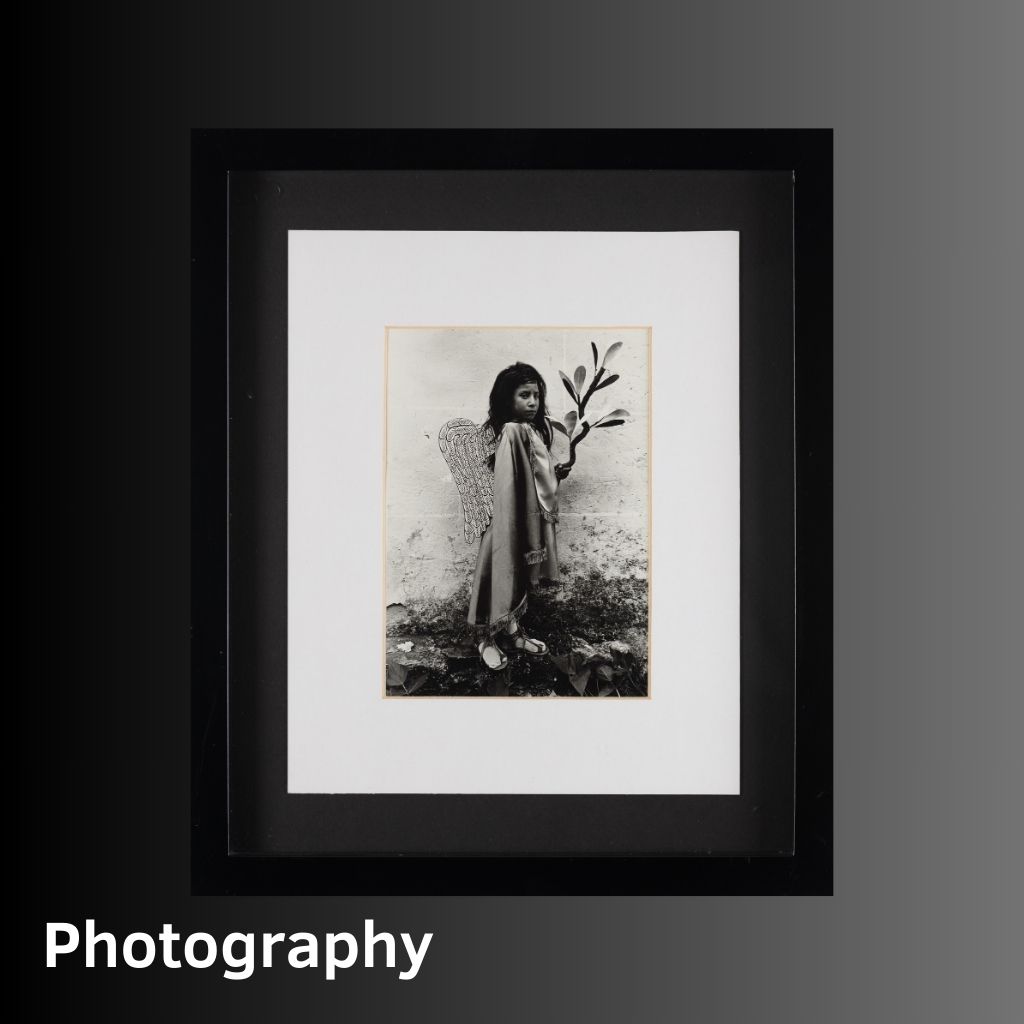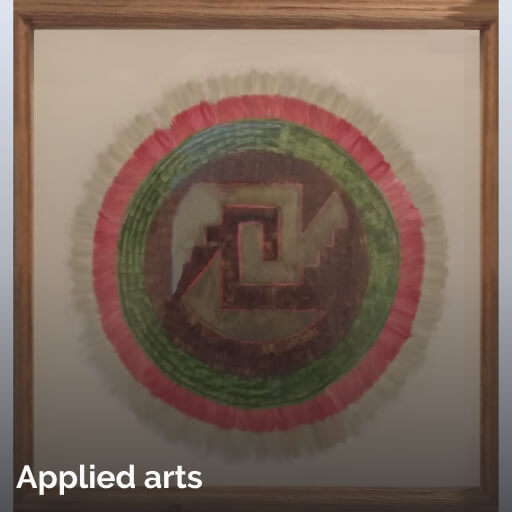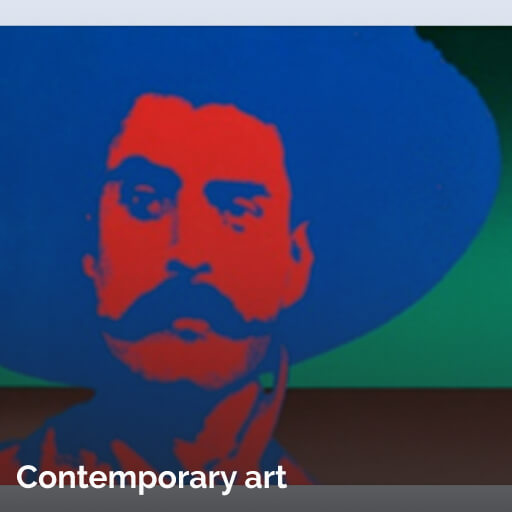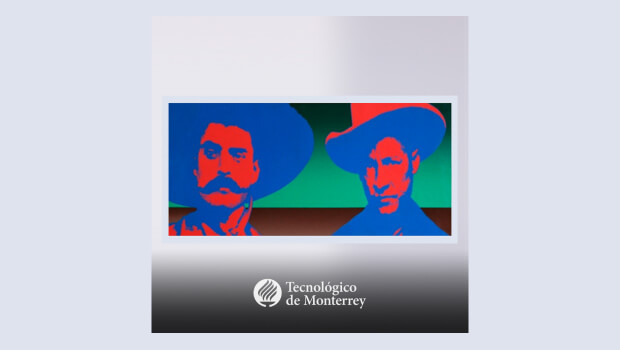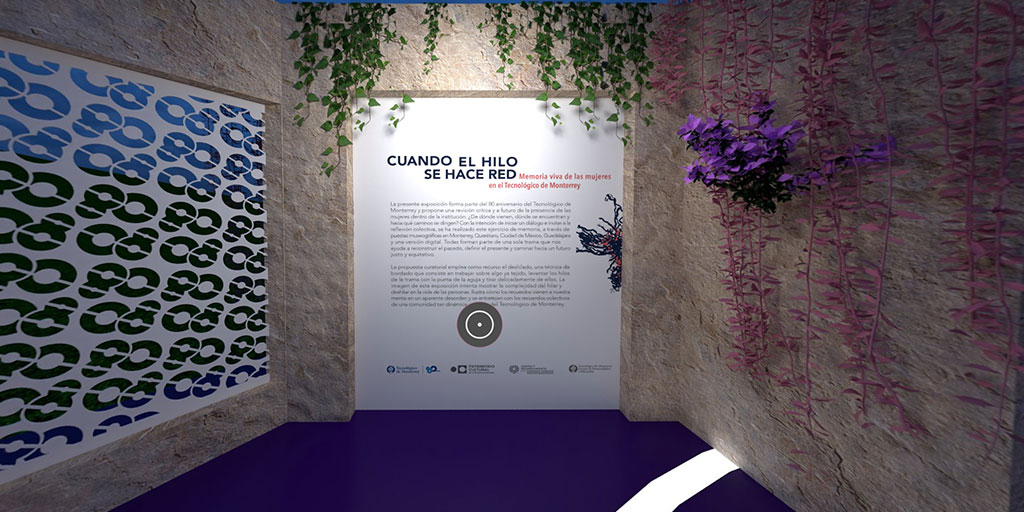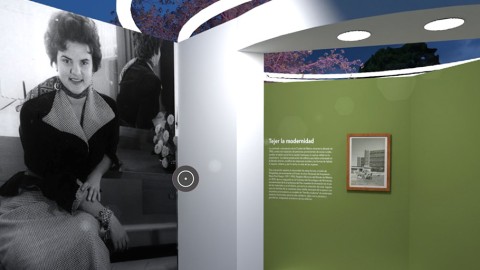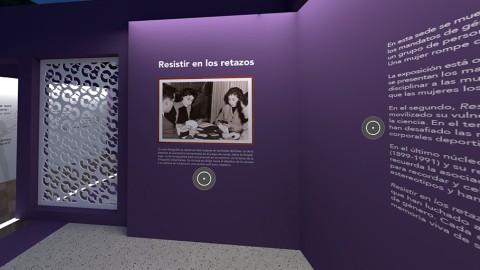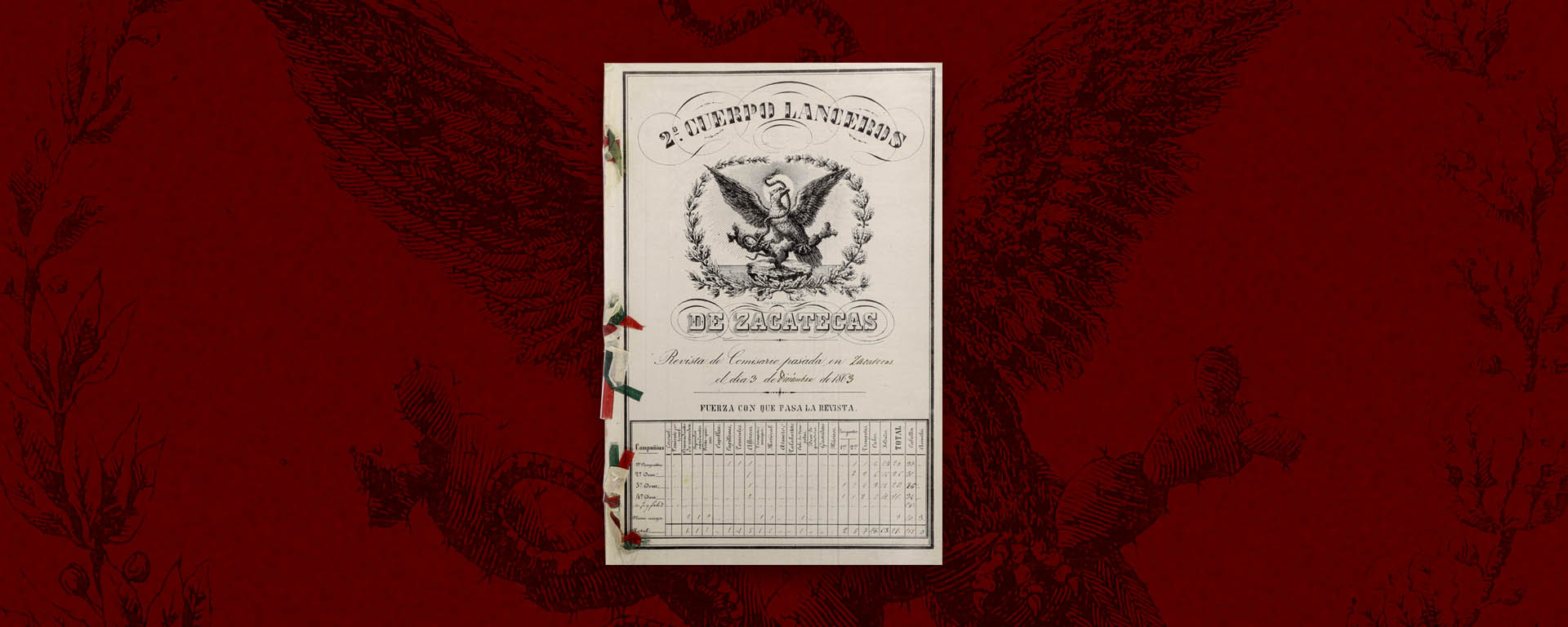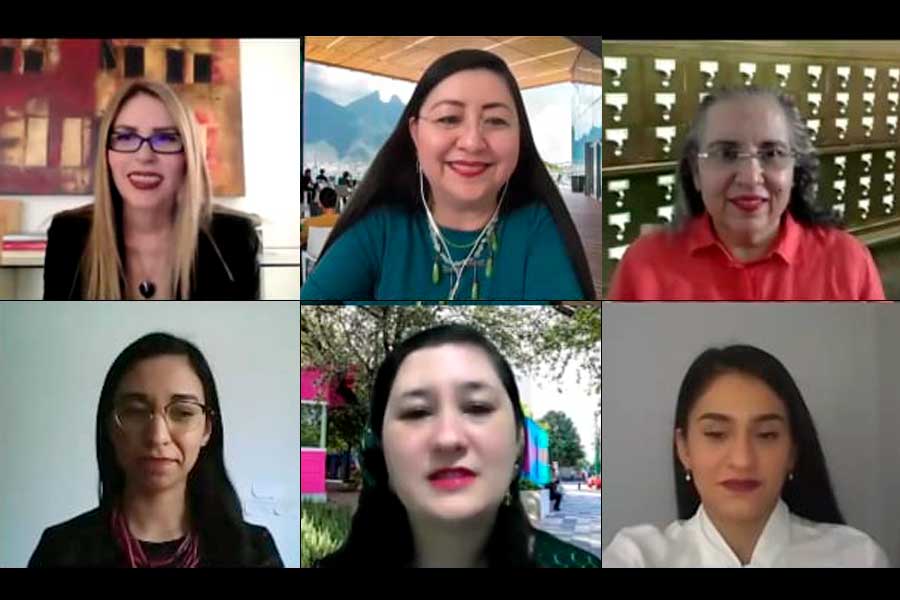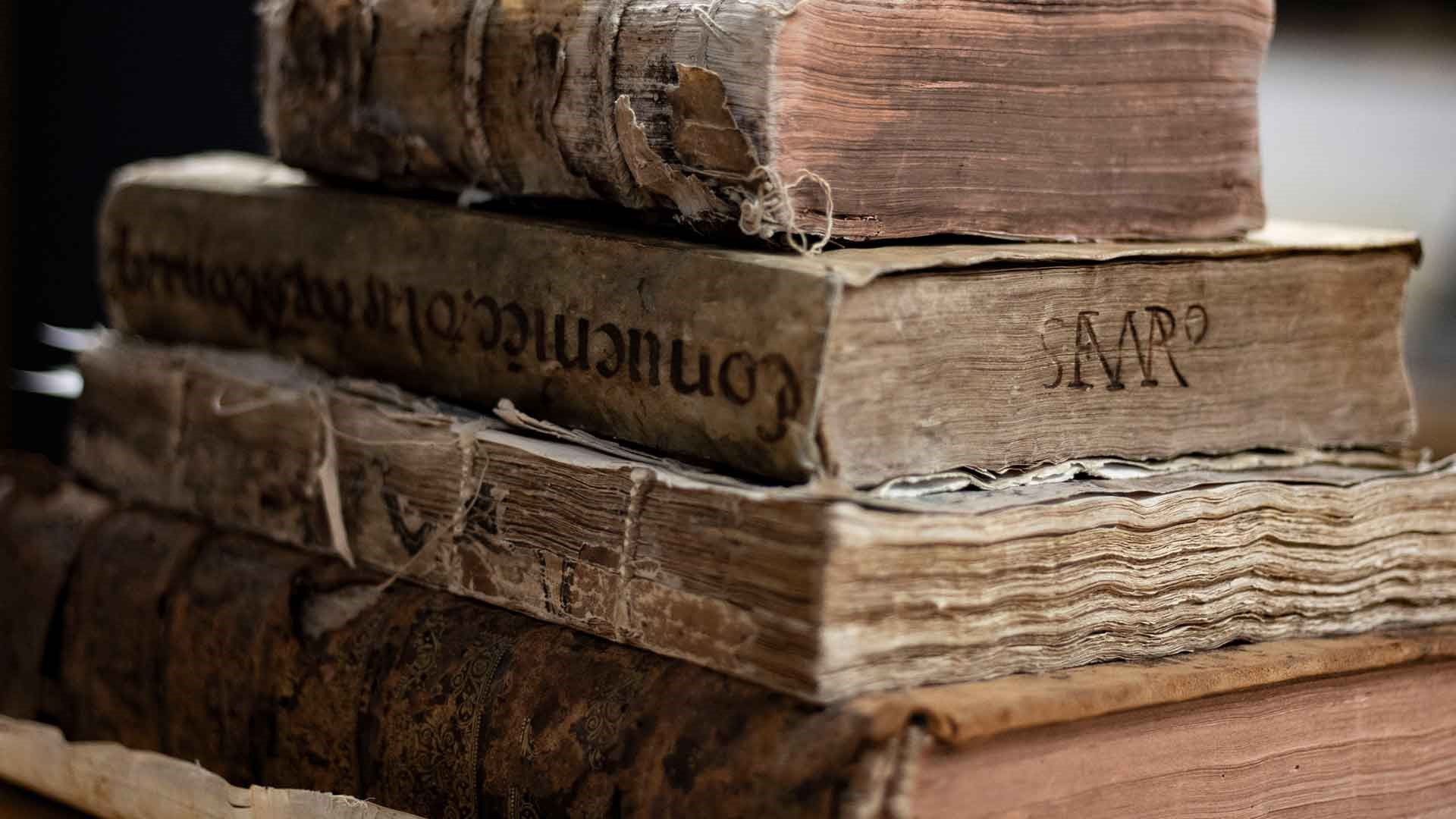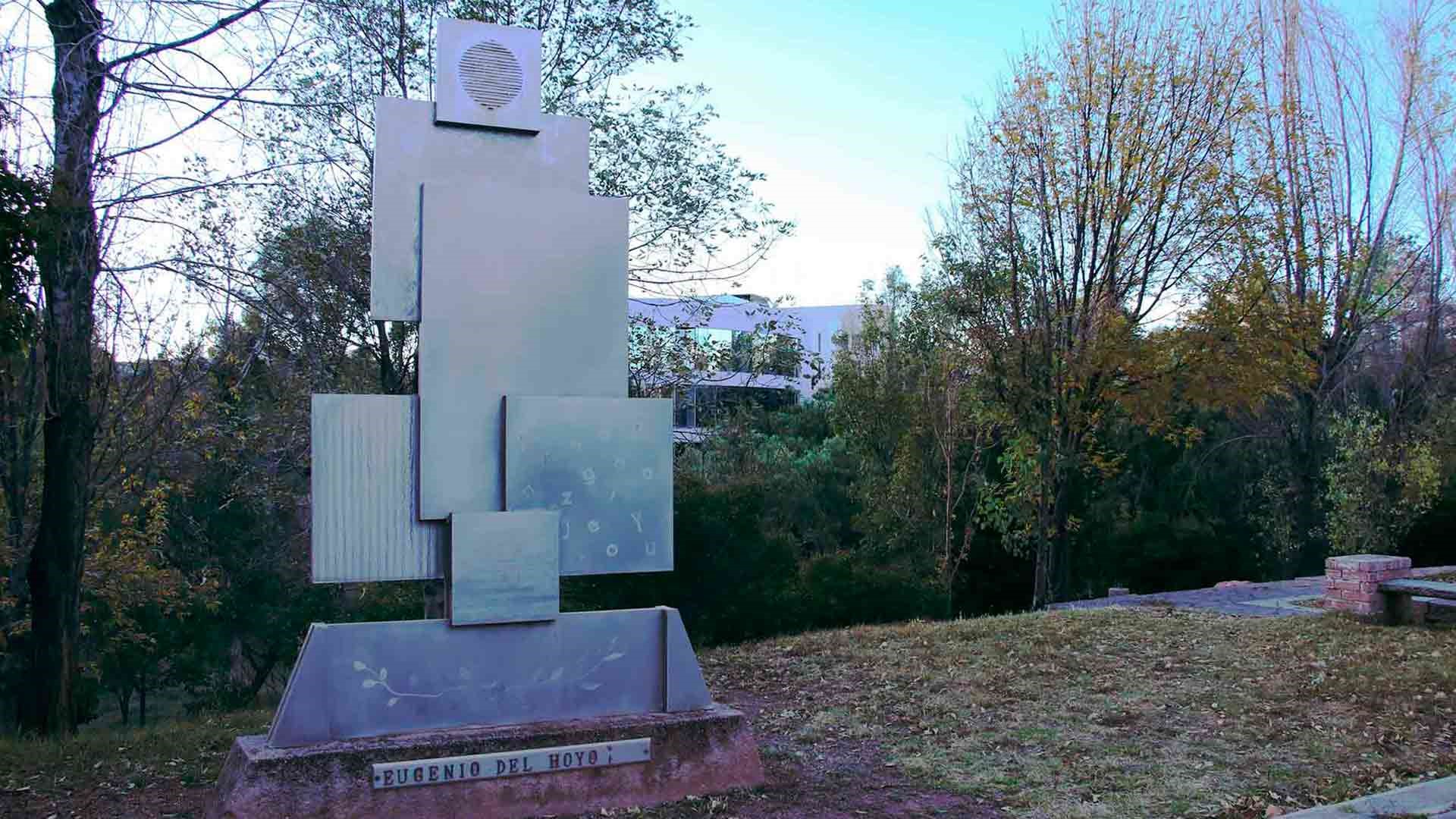Undergraduate Tuition Fees
Tuition fee simulator
Welcome to Tec de Monterrey's Undergraduate Tuition Simulator!
Here, you can calculate the tuition costs of your studies in different programs and campuses of our institution. We remind you this information is for referential purposes for your educational planning. Currently, the simulator is only available in Spanish.
Start planning your future today!
info Important!
Data provided by this simulator is for informative purposes and its use is for tuition fees´ references, subject to changes and updates. We recommend you verify this information. TECservices@servicios.tec.mx
How was your experience?
star star star star star
We improve our services together!
Share your opinion chevron_rightFrequently Asked Questions
In the following pdf you´ll find the most frequently asked questions regarding our simulator´s usage. If the answer you´re looking for is not found, please contact our admissions and scholarships department to receive further information and details: admisiones@servicios.tec.mx.
- For Undergraduate programs, can I apply for a scholarship only without also applying for an educational loan?
-
No, to ensure a balance in the allocation of financial aid to applicants, the financial aid proposal will consist of a percentage of scholarship (up to 65%) and a percentage of educational loan (up to 25%).
- For Undergraduate programs, can I apply for an educational loan only without also applying for a scholarship?
-
Yes, to support the families of our students who do not meet the requirements to apply for a scholarship for their Undergraduate studies, there is the option to apply for an educational loan. A good credit history is essential. To protect the future financial stability of our students, the maximum loan percentage is 25%.
- If I decide not to acquire the Major Medical Expenses Insurance (SGMM) offered by Tec, what should I provide to ensure that my son or daughter is covered?
-
According to the Tecnológico de Monterrey regulations, it is mandatory that our students are covered by Major Medical Expenses Insurance. This insurance can be acquired with the Tecnológico de Monterrey when enrolling in academic periods or demonstrating that you have a similar valid policy.
- How do I know what features a non-Tecnológico de Monterrey Major Medical Expenses Insurance (SGMM) policy must have?
-
Please contact the admissions area to resolve this question: admisiones@servicios.tec.mx.
- Can I consider an academic load with fewer credits?
-
Yes, it is possible to consider and plan the academic program with a lower academic credit load. Consider that to apply for a scholarship you must enroll complete academic load in each academic period.
- Can I consider an academic load with more credits?
-
Yes, you can request to take more credits than those established in your academic plan (there is a maximum credit limit), however, this must be authorized by the academic coordination of your school or campus, considering your academic performance and the possibility of completing your studies in the established time.
- Are all Undergraduate programs available on all Tecnológico de Monterrey campuses?
-
No, the Academic Offering of Tecnológico de Monterrey is distributed across its different campuses. For more information, please visit our website: https://tec.mx/es/educacion.
